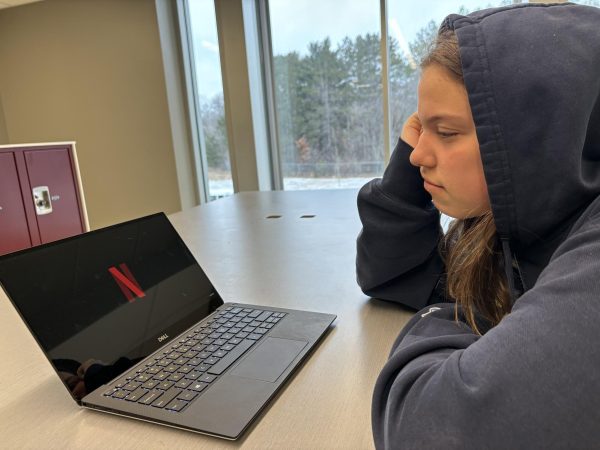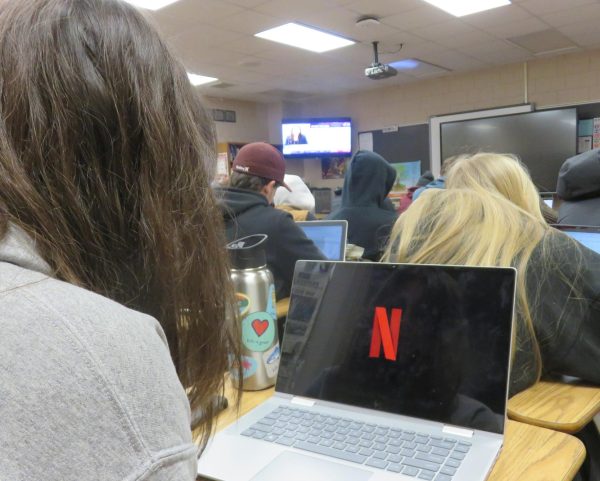Zilmer breaks the barriers of traditional learning
November 2, 2013
Walking down the crowded hallway on the first day of school to a new classroom with new students, new coworkers and a new teaching style unused by the rest of the school would be an intimidating obstacle for any young teacher.
Spanish teacher Caleb Zilmer recently moved here from Oregon after creating a new, unique and hands-on teaching method with a team of other innovative teachers.
One of the most apparent differences between Zilmer and other teachers is that there are no desks in his classroom.
Zilmer said, “Kinesthetic learning is so powerful, removing the desks allows for a lot of movement. In addition, I have found that desks create an emotional barrier between people. By removing them, people can be more their natural selves, and create better relationships. Standing most of the time also makes it so that the students and I approach the language as equals, as human beings.”
Many of his students agree and find the movement and constant stimulation to be a beneficial part of his class.
“Because the class is interactive, you are able to get a feel for what it is really like to be in a Spanish environment,” said junior Andrew Lammers. “You are able to appreciate and enjoy it more than a typical class.”
Not only are there no desks, but also no set class plan, rather a flexible, fluid stream of discussion based on what the students want.
“Generally, our topics are what the students bring to the class. Many days, I come to class not knowing what we will talk about, because it´s really up to the students–the way natural conversation actually works,” said Zilmer.
Zilmer is not the only advisor who believes in the power of interpersonal connections and interaction among students over grammatical and technical issues.
According to J.B Buxton and David Young of Education Week, “Rather than perpetuate the fiction that world-language classes can result in advanced proficiency, it is time to convert existing courses to a classroom experience that provides a combination of introductory language exposure, cultural studies, and deep, experiential learning about the countries that speak the target language.”
The method of point distribution in Zilmer’s class is one to be noted.
“I frankly dislike the whole idea of grades. I would rather we focus on language levels and progressions, as defined by ACTFL. That is what I base my grades on,” said Zilmer. “I will say, though that I see a great deal more improvement in student language ability given this approach. I used to teach entirely differently and my students were one to two language levels below where they are now, given the same amount of time in the classroom.”
Overall the benefits to this new style of learning outweigh possible negativity towards it.
Zilmer said, “I think the biggest benefit I see with this teaching style is that I have much more authentic relationships with my students. I get to know them more. As much as possible, we all just try to create a community in the classroom in which we are all learning and growing, and it is a much more pleasant place to be.”










